St. Vincent and the Grenadines boasts some of the most impressive surroundings in the Caribbean, including a chain of emerald cloaked islands and sandy cays galore. From luxury yachting destinations to hidden coves, this beautiful scenery is waiting to be explored. Palm-fringed arches of white sand provide a heavenly sunbathing experience, while turquoise waters invite swimmers to take a dip and discover a stunning underwater world. Peacefully drift from island to island, and discover all the wonders of St. Vincent and the Grenadines...
Top 10 attractions & excursions in St. Vincent & the Grenadines

1. Tobago Cays
You’ll find a cluster of serene, unspoilt islets and reefs which make up the Tobago Cays Marine Park in the southern Grenadines islands. Tobago Cays is a truly remarkable vision of beauty, picture a 1400-acree lagoon, crystal-clear reefs, aquamarine waters and secluded beaches. The diving and snorkelling experience here is legendary, you can expect to come across vibrant coral, green turtles, eagle rays, nurse sharks and an abundance of tropical fish.
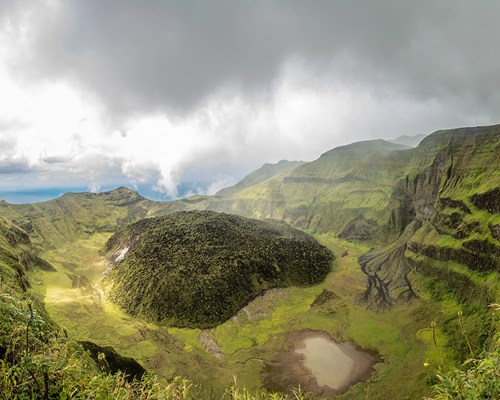
2. La Soufrière Volcano, St. Vincent
Still active, the Soufrière is one of the most famous volcanoes on the planet. It caused massive destruction in 1902 when an eruption wiped out the Carib population. Thankfully, modern technology’s able to predict eruptions well in advance to prevent harm. The mountain spans a third of St Vincent and it’s possible to hike up to the crater and back.
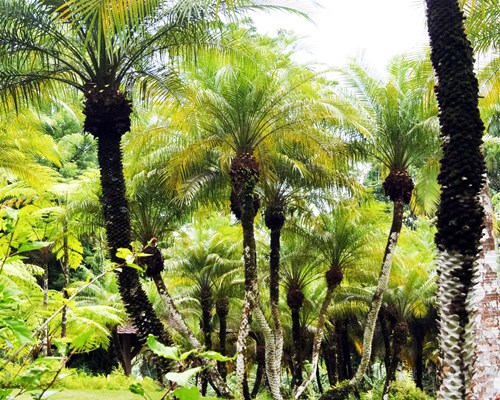
3. Montreal Estate Gardens, St. Vincent
Volcanic peaks, lush hills, banana plantations and rainforest surround the Montreal Estate at 1500ft high. Its gardens span seven and a half acres, split into the Rain Forest Garden with its riverside trail, landscaped Formal Garden and exotic Colour Garden.
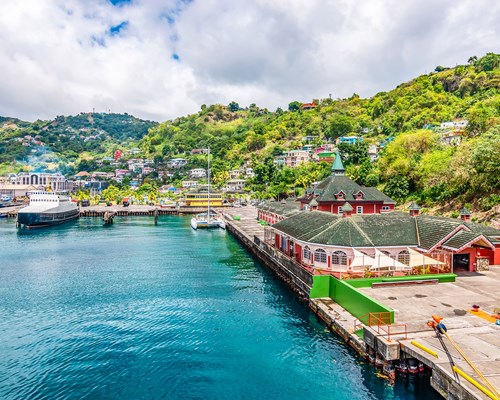
4. Kingstown, St. Vincent
This is the nation’s capital city, found on the southwest of the island and built around the harbour. Gift shops are dotted here and there on Bay Street – otherwise this is a working Caribbean city. It’s interesting to walk or cycle around, with 18th century brick and stone buildings and grand Georgian arches. On Fridays and Saturdays, the market’s well worth a visit.
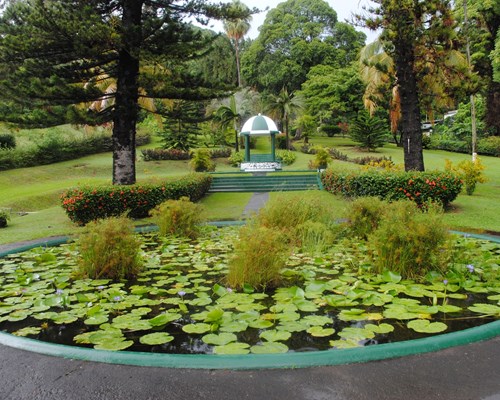
5. St. Vincent Botanic Gardens, St. Vincent
Blooming since 1765, this is the oldest Botanic Gardens of its kind in the Western Hemisphere. A breadfruit tree here comes from the first crop of breadfruit that Captain William Bligh bought to the island way back in 1793. The Curator’s House in the middle of the gardens is a 19th century building with a gorgeous veranda – once where the head gardener lived, now used for exhibitions.
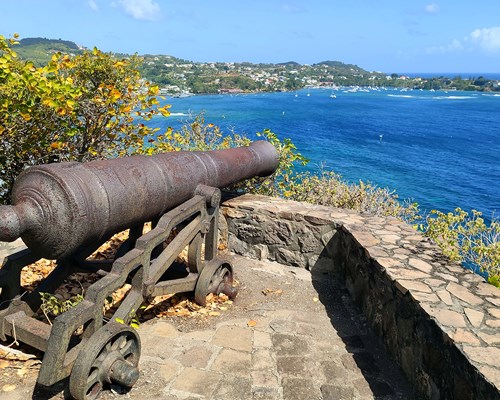
6. Fort Duvernette, St. Vincent
Also known as Rock Fort, this structure was built by the English in the 1790’s to protect Calliaqua Bay, where ships were loaded with sugar before sailing back to Britain. Sat on top of a 190ft outcrop of volcanic rock (which used to be called Young’s Sugar Loaf) and reached by a built-in staircase, there are gun decks, a cannon and remains of supply buildings. The flora and fauna is fabulous - as are the views back over St Vincent and the Grenadine isles. The rock can be reached by boat from Villa Beach.
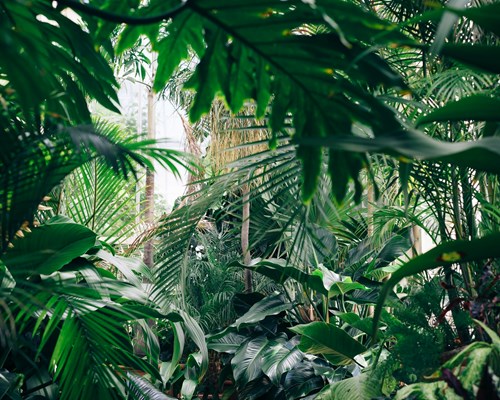
7. Vermont Nature Trail, St. Vincent
Magnificent cliffs, sweeping valleys, enchanting waterfalls, and majestic pine trees are scattered across the lush rainforest that makes up the Vermont Nature Trail. Along this picturesque trail you’ll encounter an abundance of tropical flora and fauna, including the iconic St. Vincent Parrot! The trail runs for approximately two miles and is great for all ages and abilities.
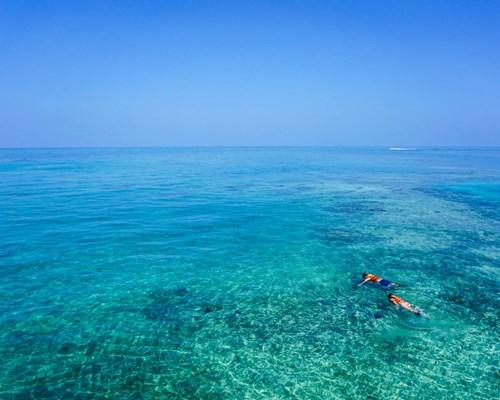
8. Mopian, between Union Island and Petit St. Vincent
Rumoured to be the smallest island in the Caribbean, Mopion is home to a single, lonely thatch umbrella. Technically, it’s considered more of a cay, standing at only 100 feet long. Mopion is surrounded by shallow reefs which are full of fish, so it’s worth a stop along your voyage.

9. Mustique Island
Mustique might be the most famous of all the islands here, with its white picket fences, manicured lawns and grand villas in every architectural style. Covering just a couple of square miles, it was bought by Lord Glenconner in 1858 who chose to create a bolthole where his rich, royal and aristocratic friends could escape the public glare and let their guard down in Caribbean paradise. Princess Margaret was gifted a plot, Jagger, Bowie and Hilfiger are other owners and regulars range from Beyoncé to the Duke and Duchess of Cambridge.
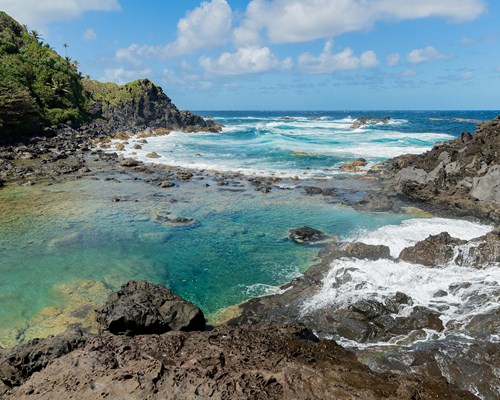
10. Owia Salt Pond, St. Vincent
On the northeast cost in the ancient Carib village of Owia and guarded by volcanic boulders, the salt pond is said to have therapeutic properties which makes it a popular place for bathing.


